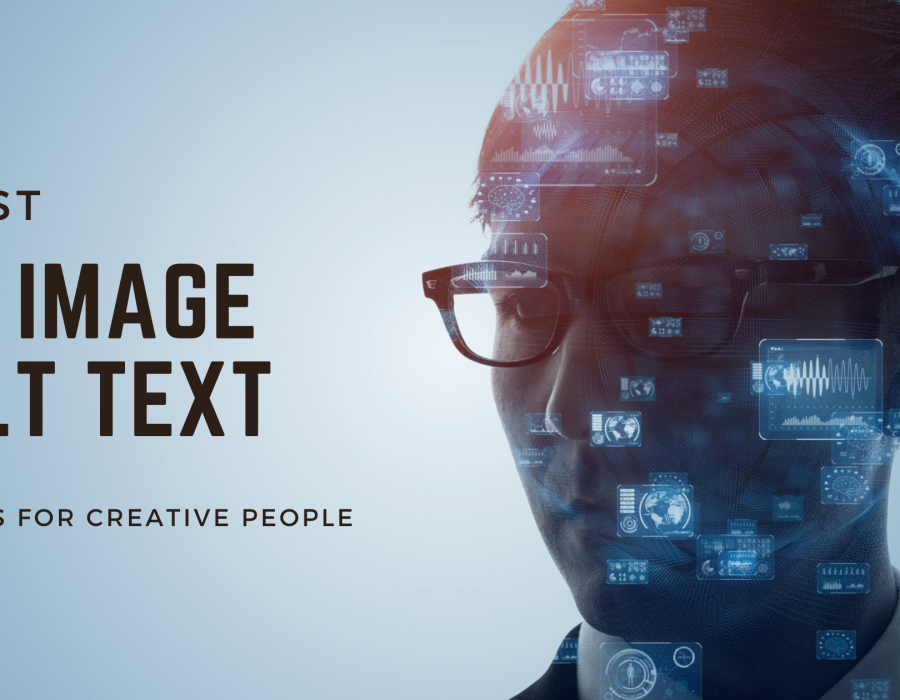
In today’s visually-driven digital world, making images accessible is more important than ever. One way to do this is by providing alt text, which offers a description of images for users who cannot view them. With advancements in technology, many are now asking: Can AI create alt text for images? The answer is yes, and it’s changing the way we think about web accessibility. For those exploring automated solutions, an AI Image Alt Text Generator could be a valuable tool to streamline the process.
Why Alt Text Matters
Alt text plays a vital role in enhancing both accessibility and user experience:
- Improved Accessibility: Alt text helps visually impaired users by providing descriptions of images, allowing them to grasp the content with the help of screen readers.
- SEO Benefits: Search engines rely on alt text to understand what an image contains, which can improve a website’s visibility in search results.
- Content Support: When images fail to load, alt text still conveys the intended message to users, ensuring they receive the necessary information.
Given its importance, alt text is essential for ensuring that your website remains accessible, searchable, and informative.
How AI Works in Alt Text Creation
AI uses advanced technologies to recognize image content and generate accurate descriptions. Here’s how it happens:
- Image Recognition: AI models, particularly using deep learning, scan the visual data to identify key objects, scenes, and activities.
- Language Processing: Once the image is analyzed, the AI generates a text description, often based on patterns learned from large datasets of similar images and text pairings.
- Machine Learning: AI systems constantly learn from new data and user feedback, improving their ability to create accurate alt text over time.
Advantages of AI-Generated Alt Text
- Speed: AI can generate alt text almost instantly, saving time for creators who need to process large volumes of images.
- Consistency: Unlike human-generated alt text, which can vary in style or detail, AI provides consistent descriptions across all images.
- Cost Efficiency: For businesses with extensive visual content, using AI can significantly cut costs by reducing the need for manual alt text creation.
- Reduction of Human Error: AI eliminates many common mistakes in alt text generation, ensuring better accuracy and reliability.
Challenges and Limitations of AI-Generated Alt Text
Though AI has its advantages, it’s not without limitations:
- Contextual Awareness: AI may misinterpret images or lack understanding of deeper, culturally relevant meanings.
- Lack of Creativity: AI-generated alt text may lack the personal touch or nuanced creativity that human writers bring to image descriptions.
- Potential for Errors: While AI minimizes certain errors, it can still produce inaccurate descriptions, especially in complex or abstract images.
Tips for Implementing AI-Generated Alt Text
To fully leverage AI for alt text creation, here are some best practices:
- Human Review: Always review and refine AI-generated alt text to ensure it accurately conveys the image content and tone.
- Tailored Descriptions: While AI is effective at generating general descriptions, customize them when necessary to match your brand’s voice or specific context.
- Combine AI with Human Input: Use AI for efficiency, but have humans refine key image descriptions, especially for critical content.
- Update AI Regularly: Ensure your AI system is updated with the latest algorithms and training data to continuously improve its alt text generation capabilities.
Conclusion
AI’s ability to generate alt text is transforming the way we approach web accessibility and image optimization. While it offers numerous benefits, including speed, efficiency, and consistency, it’s important to pair AI-generated content with human oversight to achieve the best results. For those seeking to automate their alt text creation, an AI Image Alt Text Generator is a powerful solution to make the process more seamless.






Comments